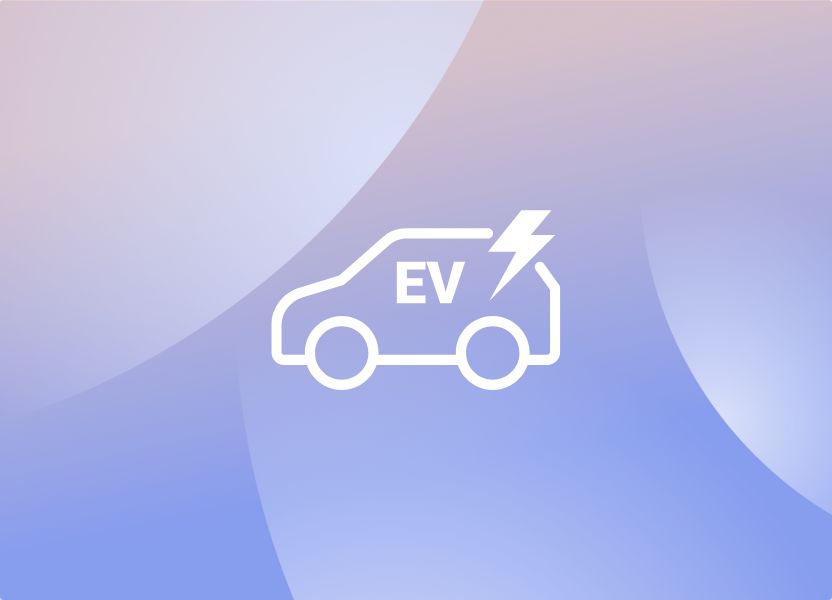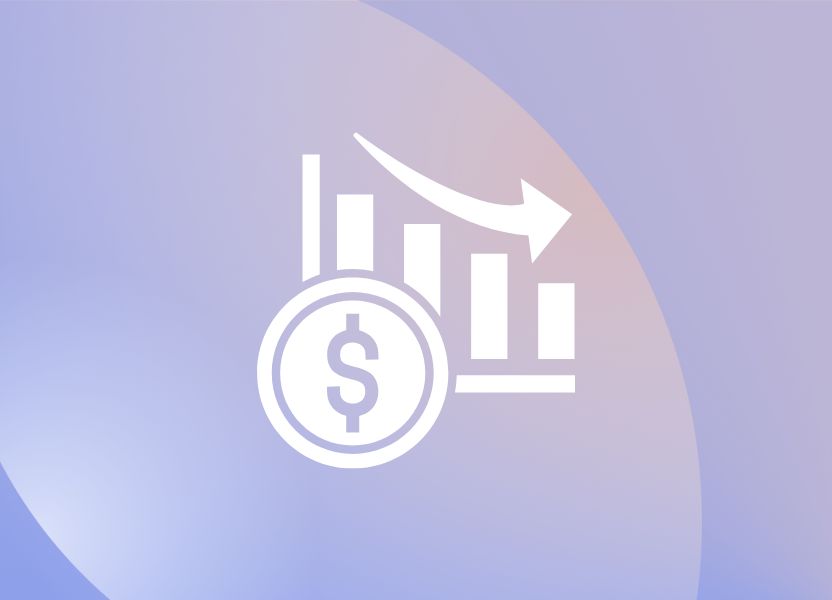Views presented in this blog are the author’s own opinion and do not constitute financial research or advice.
Thanks to decades of fluffy monetary policy and the emergence of social media, we live in a world where many believe economic constraints no longer apply and, as a consequence, populist notions thrive.
Modern monetary theory, debunked by the resurgence of inflation, marked the highpoint of populist economic thinking but populism still thrives in politics and investing. In this magical world, electric vehicles are expected to enjoy exponential sales growth even in countries where frequent brownouts can last for days and in countries where heavily regulated electricity producers do not want to invest in new capacity let alone invest in recharging stations.
Investing in a world of zero constraints can be fun but also provides fertile ground for disappointment. In a world of sceptical investing, companies expected to enjoy exponential growth warrant caution because these businesses, like those facing insolvency, are highly incentivised to manipulate their accounts.
With this in mind, we thought it interesting to run our AI-powered accounting risk analyzer over a much hyped, possibly overcooked, sector: EV battery makers.
What did we find? Some warning signs, raising the possibility that their accounting risk scores (while close to the global average for now), will worsen. More on that in due course. First, let’s set the scene.
Fading hype
Battery makers attracted enormous capital inflow in two bursts of optimism in 2017 and in 2021. At the peak, the world’s largest battery maker, CATL, was trading at 153 times earnings. As the hype faded, populist investors lost interest and redemptions followed.
The current redemption phase began in early 2022 and is threatening to accelerate amid warnings of slowing EV demand. EV makers have blamed the slowdown on high interest rates, which is but one of the problems.
Spot lithium prices have fallen 67% this year, while the price of cobalt on the CME has more than halved since May last year. The Global X Lithium and Battery Tech ETF (LIT) is trading at about half its peak price, having lost 18.3% year to date. At the time of writing, CATL is trading at 17.7x.
Figure 1: Shares outstanding in the Global X Lithium and Battery Tech ETF (LIT)

Source: Bloomberg
Scope for further decline in the price of battery makers will depend on a host of factors in addition to unfolding demand.
Value investors
Importantly, it will depend upon value investors. EVs and battery makers have exited the world of dreams and entered the world of real-world investing where valuation matters, and value investors are a sceptical lot.
The EV industry is heavily subsidised, acutely vulnerable to global supply chain risk and subject to swings in the Sino-US relationship. Heavily subsidised industries, especially those backed by China, typically generate very disappointing real long-term returns.
The high returns in heavily subsidised industries are typically found in the components that are essential but not subsidised. In solar power, for instance, inverters are far more profitable than panels or batteries. It will likely be the same for EVs.
Thus, value investors will not look at battery makers with the same moo-cow eyes as populist investors. In particular, they will emphasize governance for the reason noted above – companies expected to grow rapidly have high incentive to manipulate their accounts.
Companies expected to grow rapidly have high incentive to manipulate their accounts.
Based on this observation, how do the battery makers stack up on our AI-powered accounting risk scoring system?
What the AI shows
We found nine of the top 12 global battery makers on our system, which represented a global market share of 86% as of July 2022. The remaining companies are either unlisted or have too short a listing history to offer meaningful analysis.
Weighted for market share, the accounting manipulation risk score for the group as a whole was 34%, which gives the industry a risk percentile of 51% globally. So, in other words, the battery makers are about average when it comes to risk of account manipulation.
All of the battery makers warranted extreme care or high caution on our system with respect to growth signals, margin signals and gearing (except one). Five companies had warning signals with respect to asset quality, income smoothing and accrual activities.
The warning issued for high growth can be downplayed because this industry has seen phenomenal growth and we doubt any of these companies have needed to inflate revenue growth. The cautionary signals issued on margins and gearing, however, are a concern because pressure on margins and gearing will intensify as industry growth slows.
If the battery industry follows the pattern seen in other industries that have slowed after a burst of exceptional growth, we would expect to see the risk manipulation scores worsen in 2023.
If the battery industry follows the pattern seen in other industries that have slowed after a burst of exceptional growth, we would expect to see the risk manipulation scores worsen in 2023.
Overall, the battery makers exhibit average manipulation risk. With high gearing, uncertain revenue growth and some uncertainty with respect to margins, we expect value investors will look for a high margin of safety in the pricing of these companies.
Disclaimer: Both the author and Transparently Pte Ltd do not have trading positions in the companies it expresses a view of. In no event should the author or Transparently Pte Ltd be liable for any direct or indirect trading losses caused by any information contained in these views. All expressions of opinion are subject to change without notice, and we do not undertake to update or supplement this report or any of the information contained herein.











%20-%20Wirecard.png)
